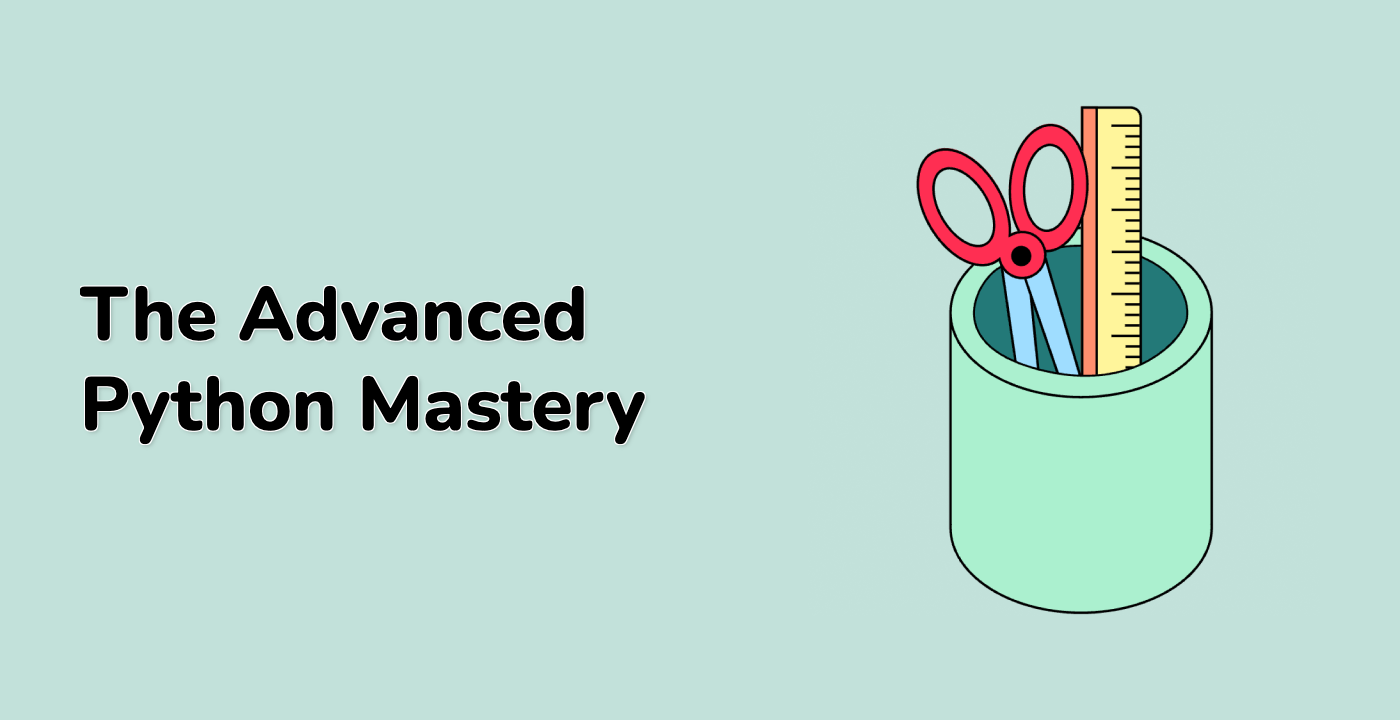Iteration Methods
Overview of Iteration Methods in Python
Python offers multiple powerful methods for iteration, each with unique characteristics and use cases. Understanding these methods helps write more efficient and readable code.
1. Traditional For Loop Iteration
## Basic list iteration
numbers = [1, 2, 3, 4, 5]
for number in numbers:
print(number)
2. Enumerate() Method
Allows iteration with index tracking:
fruits = ['apple', 'banana', 'cherry']
for index, fruit in enumerate(fruits):
print(f"Index {index}: {fruit}")
3. List Comprehensions
Concise way to create lists through iteration:
## Generate squared numbers
squared = [x**2 for x in range(10)]
print(squared)
4. Map() Function
Applies a function to each item in an iterable:
def square(x):
return x**2
numbers = [1, 2, 3, 4, 5]
squared_numbers = list(map(square, numbers))
print(squared_numbers)
5. Filter() Function
Filters elements based on a condition:
def is_even(x):
return x % 2 == 0
numbers = [1, 2, 3, 4, 5, 6]
even_numbers = list(filter(is_even, numbers))
print(even_numbers)
Iteration Methods Comparison
| Method |
Performance |
Readability |
Use Case |
| For Loop |
Moderate |
High |
General iteration |
| Enumerate |
Moderate |
High |
Index tracking |
| List Comprehension |
High |
Moderate |
Quick transformations |
| Map() |
High |
Low |
Functional transformations |
| Filter() |
High |
Low |
Conditional filtering |
Advanced Iteration with Generators
def fibonacci_generator(n):
a, b = 0, 1
for _ in range(n):
yield a
a, b = b, a + b
for num in fibonacci_generator(10):
print(num)
Iteration Flow
flowchart TD
A[Start Iteration] --> B{Choose Method}
B -->|For Loop| C[Traditional Iteration]
B -->|Comprehension| D[Quick Transformation]
B -->|Map/Filter| E[Functional Processing]
C --> F[Process Elements]
D --> F
E --> F
F --> G[End Iteration]
LabEx Recommendation
When exploring iteration methods, LabEx suggests experimenting with different approaches to understand their strengths and limitations.
- List comprehensions are generally faster than traditional loops
- Generator expressions save memory for large datasets
- Choose the right method based on specific use case




